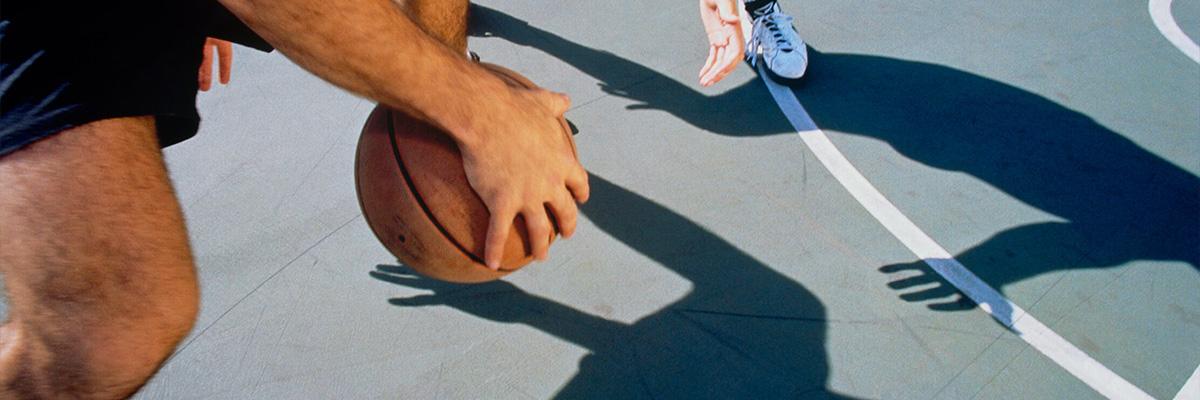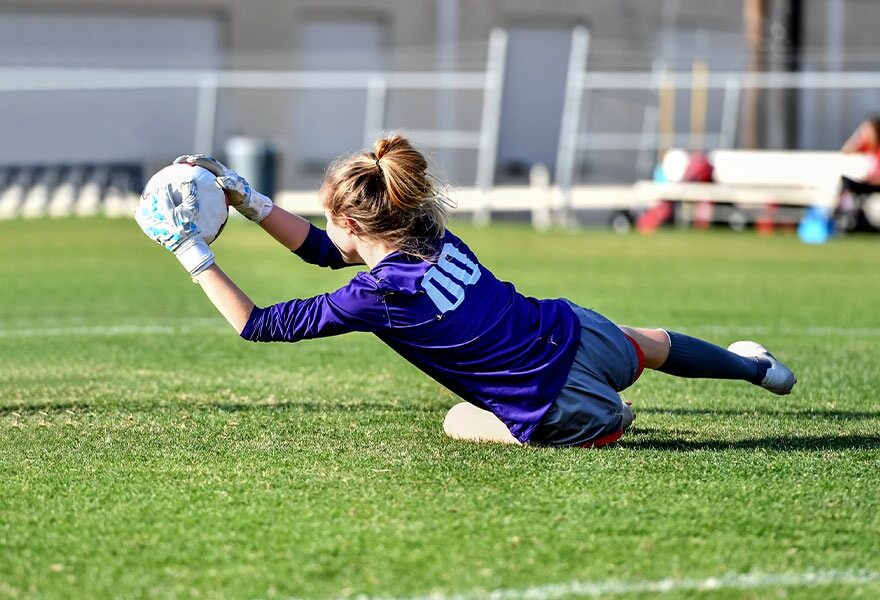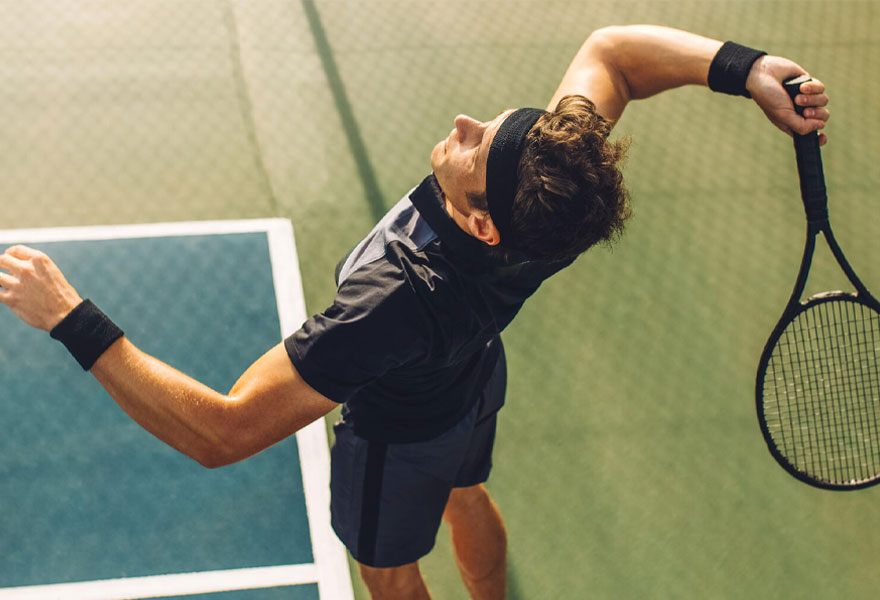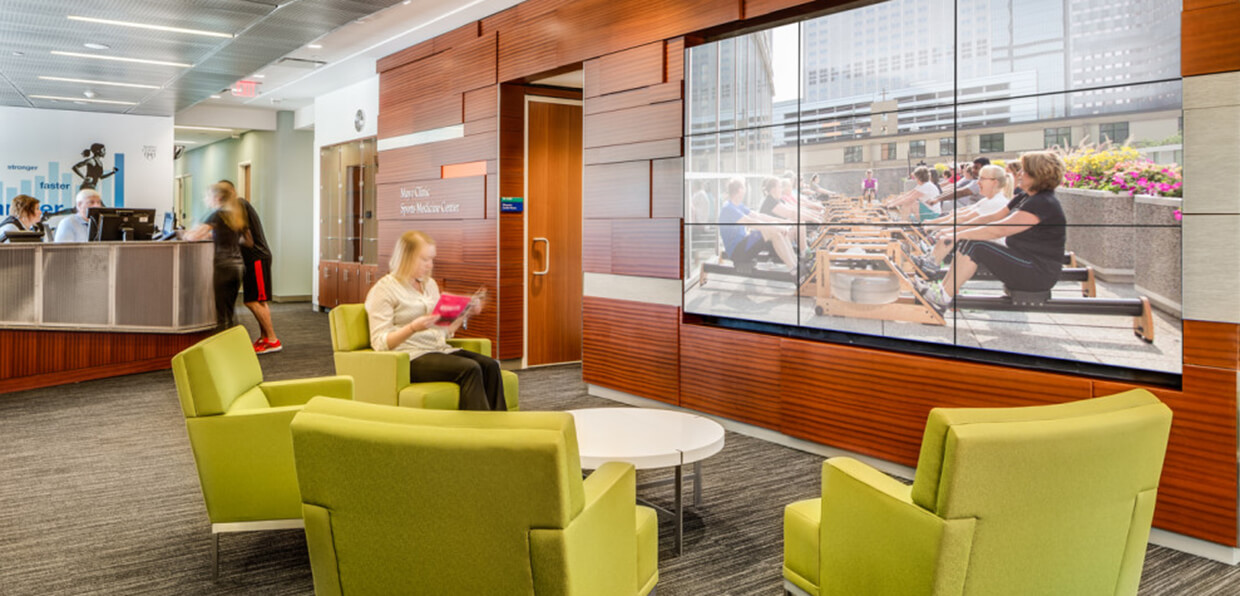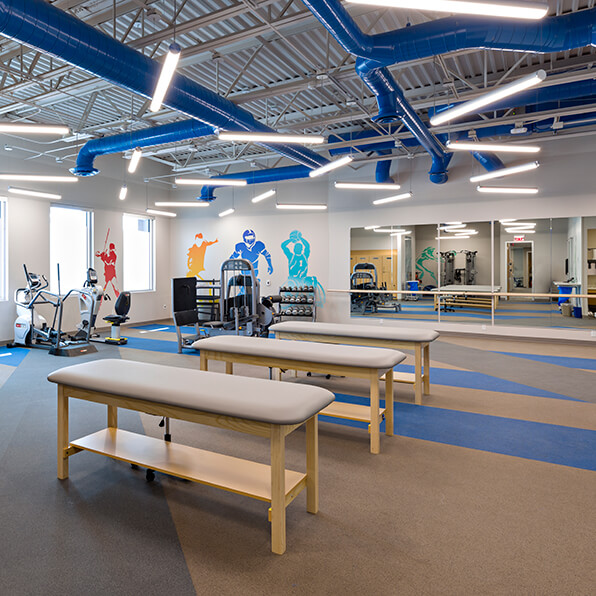No matter what sport you play, your meniscus helps you stay in the game.
Menisci are C-shaped firm, elastic pieces of cartilage that cushion and stabilize the knee joint. Tearing this cartilage is a common injury. Especially in younger athletes, this injury can occur suddenly, with an abrupt twist of the knee or a sudden stop. In older adults, tears can occur gradually due to wear and tear over the years.
Physicians at Mayo Clinic Orthopedics and Sports Medicine are experienced at confirming the correct diagnosis for meniscus tears. Symptoms can include pain, swelling, stiffness, and instability or the sensation of the knee catching or locking. Symptoms are similar to those of other knee injuries.
- The Mayo team has pioneered new ways to restore and repair torn meniscus and improve outcomes. They have:
- Developed new surgical techniques with improved healing rates.
- Identified new specific tear types and techniques to repair them.
- Repaired complex tears that would previously have resulted in meniscus removal.
- Transplanted new meniscus in patients after a damaged meniscus has been removed. This procedure, called meniscus allograft transplantation, is usually performed in younger patients with severe injuries.
“In the past, if you tore your meniscus, it was removed,” says Aaron Krych, M.D., orthopedic surgeon and co-director of Mayo Clinic Orthopedics and Sports Medicine. “We’ve learned that removal almost guarantees that the knee has arthritis over time, which isn’t good for the short-term or long-term function in an athlete.”
“Now, we are repairing tears that even five years ago were beyond hope of repair because either we didn’t recognize the specific tear type, or we didn’t have a good technique to repair it,” he says.
Recovery from meniscus repair can take six to eight months. Athletes benefit from Mayo Clinic’s tailored rehabilitation protocols after the repair. “We’ve been able to help patients who feared they would not be able to bend their knees in a certain way or have full range of motion to return to their sports,” says Dr. Krych.
Mayo Clinic Orthopedics and Sports Medicine researchers have published studies that show outcomes after meniscus repair in specific sports. For example, a prospective study of young, competitive wrestlers showed that 89% of the wrestlers returned to sport and 65% returned to wrestling competition after meniscus repair.
“We have shown that younger athletes have a superior improvement with meniscus repair compared to removal, along with the suggestion of less arthritis,” says Dr. Krych. “In younger athletes, the sports medicine team can repair meniscus tears in most circumstances.”
Office procedures
Mayo Clinic is using more minimally invasive procedures to treat meniscus tears, which helps athletes return to activities they enjoy more quickly.
“Our sports medicine team includes experts dedicated to advancing the use of ultrasound in the diagnosis and treatment of musculoskeletal conditions,” says Jacob Sellon, M.D., sports medicine physician and co-director of Mayo Clinic Orthopedics and Sports Medicine. “We’re at this exciting phase where some treatments can be offered through minimally invasive, office-based procedures rather than traditional surgery in the operating room.”
Ultrasound-guided diagnosis: Ultrasound can be useful for identifying meniscus dysfunction in various knee positions or movements. For example, Mayo Clinic research has shown that ultrasound is helpful to diagnose extrusion, where the meniscus dislocates out of its normal shock-absorbing position while weight-bearing. Ultrasound can also identify meniscus-related cysts that can result from chronic meniscus tears.
Ultrasound-guided procedures: New ultrasound-guided meniscus procedures are being investigated and introduced into patient care. Mayo Clinic research has validated ultrasound-guided injection techniques to accurately target various areas of the meniscus.
Mayo Clinic physicians are also researching orthobiologic injection options for meniscus injury. Orthobiologics, such as platelet-rich plasma (PRP) and bone marrow aspirate concentrate (BMAC), are biologic substances used to treat a variety of orthopedic conditions. These injections can be done in conjunction with ultrasound-guided meniscus trephination (needling to promote healing).
“The use of orthobiologic injections is rapidly advancing, but more research is needed to understand and improve the application of these exciting treatments,” says Dr. Sellon. “We have multiple ongoing studies investigating various orthobiologics. This commitment shows how Mayo Clinic is advancing clinical care with research-driven innovation to improve the way we will take care of patients in the future.”
Coordinated care in the Knee Meniscus Clinic
Mayo Clinic Orthopedics and Sports Medicine includes a dedicated Knee Meniscus Clinic. Orthopedic surgeons, sports medicine physicians, physical therapists, and other specialists work together to diagnose and treat meniscus tears of all types, meniscus cysts and the absence of meniscus.
“There is great innovation in meniscus treatment,” says Dr. Krych. “Techniques and treatments continue to evolve quickly. Mayo Clinic Orthopedics and Sports Medicine is at the forefront in developing ways to improve care and results for our patients.”
